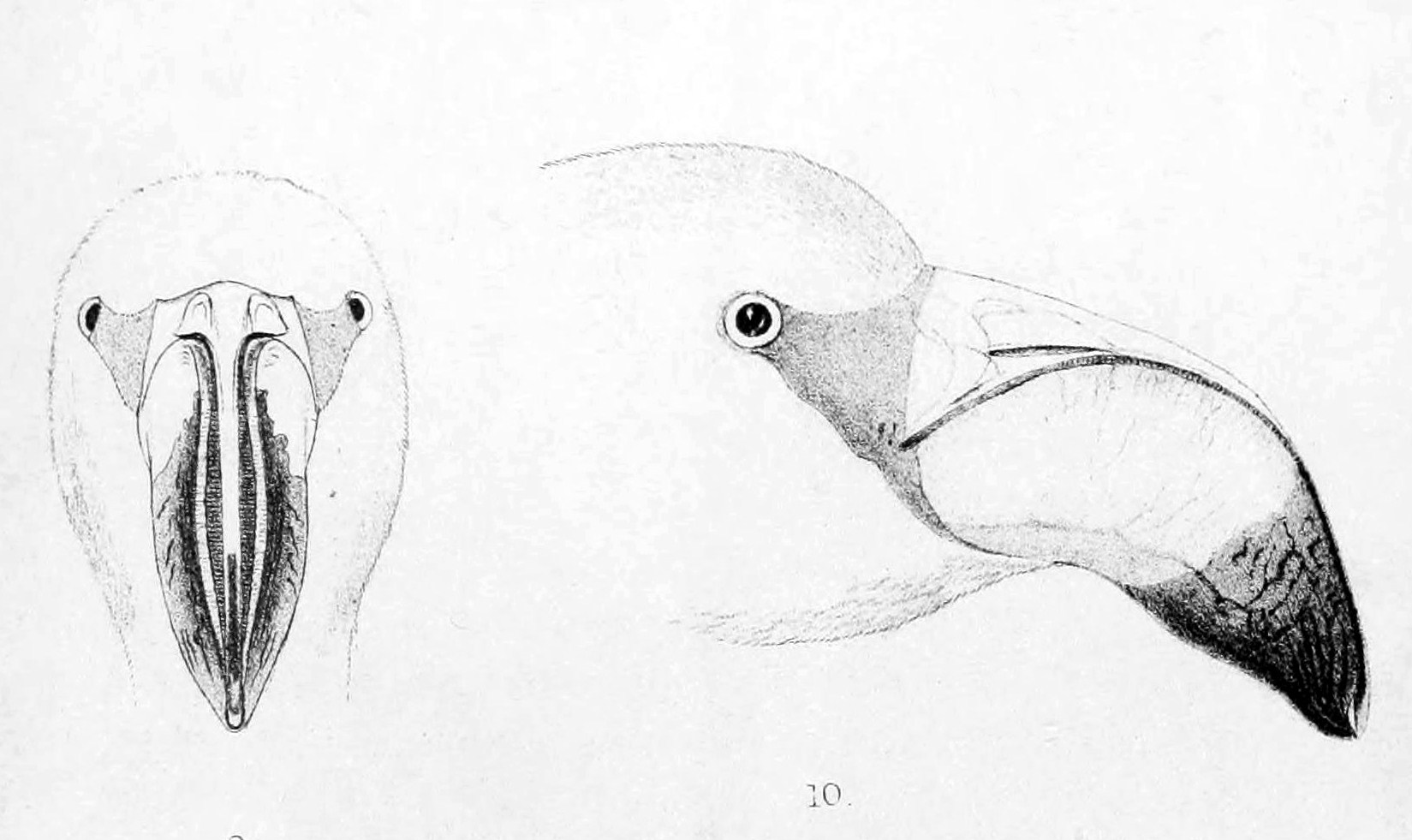Phoenicoparrus on:
[Wikipedia]
[Google]
[Amazon]
''Phoenicoparrus'' is a
 While it is hard to track where the ''Phoenicoparrus'' originally came from, there is evidence that it originated in the
While it is hard to track where the ''Phoenicoparrus'' originally came from, there is evidence that it originated in the
genus
Genus (; : genera ) is a taxonomic rank above species and below family (taxonomy), family as used in the biological classification of extant taxon, living and fossil organisms as well as Virus classification#ICTV classification, viruses. In bino ...
of birds in the flamingo family Phoenicopteridae
Flamingos or flamingoes () are a type of wading bird in the family Phoenicopteridae, which is the only extant family in the order Phoenicopteriformes. There are four flamingo species distributed throughout the Americas (including the Caribbe ...
. First established by Charles Lucien Bonaparte
Charles Lucien Jules Laurent Bonaparte, 2nd Prince of Canino and Musignano (24 May 1803 – 29 July 1857) was a French naturalist and ornithology, ornithologist, and a nephew of Napoleon. Lucien and his wife had twelve children, including Cardinal ...
in 1856, it contains two species.
Evolution
 While it is hard to track where the ''Phoenicoparrus'' originally came from, there is evidence that it originated in the
While it is hard to track where the ''Phoenicoparrus'' originally came from, there is evidence that it originated in the New World
The term "New World" is used to describe the majority of lands of Earth's Western Hemisphere, particularly the Americas, and sometimes Oceania."America." ''The Oxford Companion to the English Language'' (). McArthur, Tom, ed., 1992. New York: ...
where it split from the other lesser group and into its own genus. The base of the genus is hypothesized to have started with the Andean
The Andes ( ), Andes Mountains or Andean Mountain Range (; ) are the longest continental mountain range in the world, forming a continuous highland along the western edge of South America. The range is long and wide (widest between 18°S ...
species. The ''Phoenicoparrus'' split from the group around 2.56 million years ago and its two comprising species later split from 0.5-2.5 million years ago. ''Phoenicoparrus'' is identified from the rest of its evolutionary group because it is a part of the deep-keeled group, however it is its own genus because both Andean and Jame's lack a hind toe.
Diet and Habitat
''Phoenicoparrus'' chicks are fed filtered secretions from their parents for the first 4-7 weeks of life. The parents are able to filter sediments from the saline concentrated lakes in the wetlands they typically inhabit. Chicks tend to have higher amounts of arsenic and iron in their bodies, and excessive concentrations can be dangerous. Adults, particularly females, have lower amounts of iron in their bodies because the shells they produce for the chicks have high iron concentrations. ''Phoenicoparrus'' are said to eatdiatoms
A diatom (Neo-Latin ''diatoma'') is any member of a large group comprising several Genus, genera of algae, specifically microalgae, found in the oceans, waterways and soils of the world. Living diatoms make up a significant portion of Earth's B ...
and vegetation such as algae because of the deep-keel of their beaks suited for filtration. Both species feed their chicks through crop halocrine secretions that contain a larger amount of lipids
Lipids are a broad group of organic compounds which include fats, waxes, sterols, fat-soluble vitamins (such as vitamins Vitamin A, A, Vitamin D, D, Vitamin E, E and Vitamin K, K), monoglycerides, diglycerides, phospholipids, and others. The fu ...
than proteins, and it contains some amount of carbohydrates. While both species do not get sucrose in their diets from their parents when they are younger, a lack of sucrose in the body can sometimes be fatal. These species can be found in habitats in southern South America, such as northern Chile.
Behavior
''Phoenicoparrus'' spends a majority of its time feeding, but it also spends time moving around, breeding, and cleaning itself. The flamingos are nomadic and tend to choose their habitat based on abundance of food and the waters characteristics. ''Phoenicoparrus'' presence and behavior can be affected by human activity such as pollution, mining, illegal hunting, and the collection of eggs. These activities lead to the birds leaving the area or even leaving their nests. The flamingos are also affected by the surface area of the water. The flamingos are present more when the water is high than when the water is low. While Andean and Jame's flamingos comprise the genus Phoenicoparus, both species tend to build nests away from the other respective species. Both species spend the largest amount of their time preening and resting.Conservation
''Phoenicoparrus'' ''jamesi'' is currently considered near threatened while ''Phoenicoparrus andinus'' is considered vulnerable. Some techniques that work for protecting the Andean and James's flamingos is to stop poaching, protect their habitat, and educating the public and conserving the flamingos.References
{{authority control Phoenicopteridae Taxa named by Charles Lucien Bonaparte Taxonomy articles created by Polbot